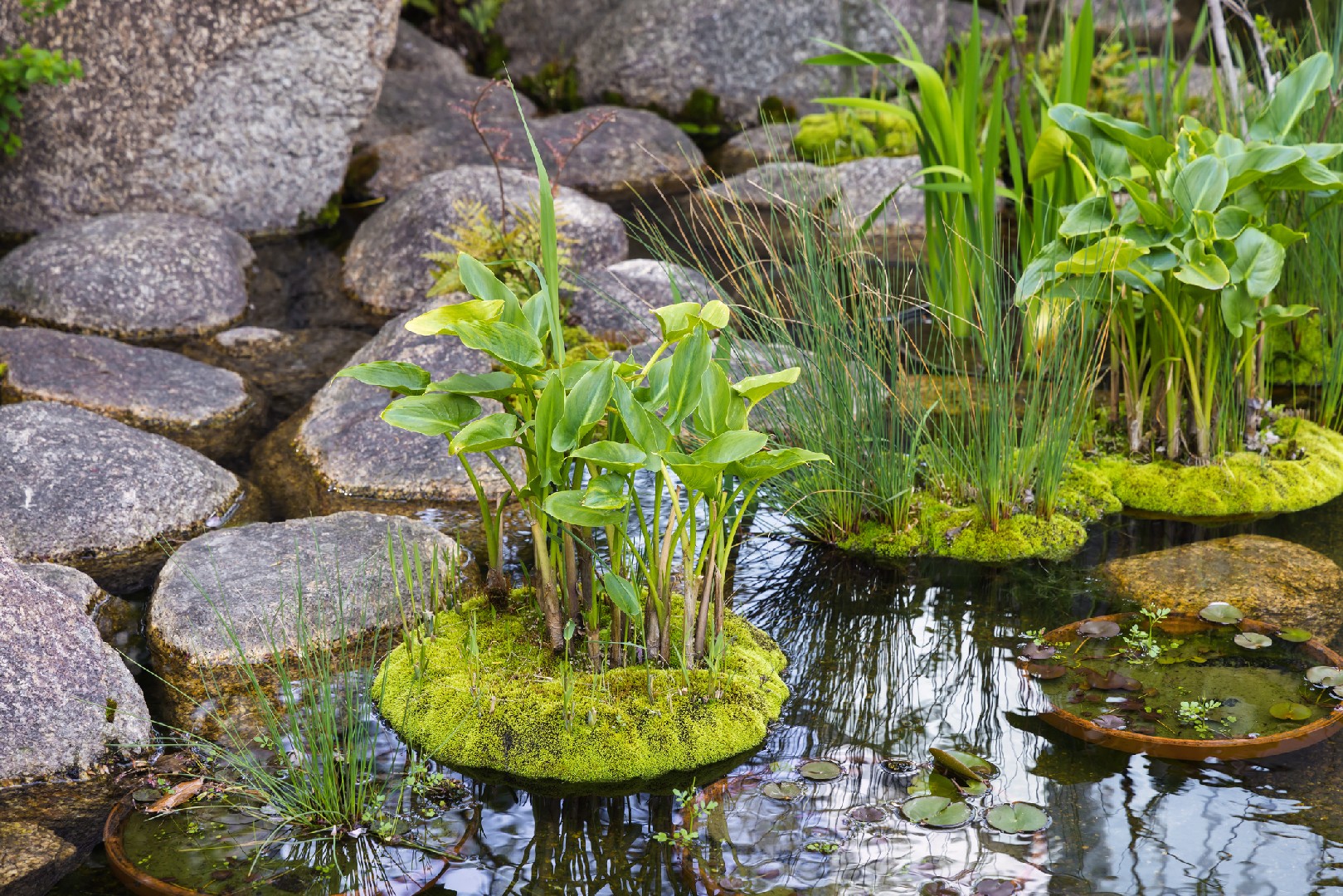![Rectangle]()
Understanding the Basics of Balance in Design
Balance is a fundamental concept in garden design that plays a crucial role in creating harmonious and visually appealing water features. By understanding and applying the principles of balance, you can transform your garden into a serene and balanced oasis. In this section, we will explore the different forms of balance and their applications in water feature design, as well as the importance of proportion and scale.
Balance in garden design refers to the distribution of visual weight and elements in a way that creates harmony and equilibrium. It is an essential aspect of aesthetics and comfort, as it ensures that all elements within the garden interact and complement each other seamlessly. When it comes to water features, achieving balance is particularly important, as they can easily overpower or disrupt the overall harmony of a garden if not carefully incorporated.
One form of balance commonly used in garden design is symmetry. Symmetrical balance involves arranging elements in a mirror-like manner, where one side of the design reflects the other. This type of balance creates a sense of order and formality, making it popular for formal garden styles. When incorporating water features, symmetrical balance can be achieved by placing identical or similar water features on both sides of a central axis, such as a walkway or garden path. This creates a visually pleasing and balanced effect that enhances the overall design.
On the other hand, asymmetrical balance involves arranging elements in a way that achieves equilibrium without mirroring each other. This form of balance is more relaxed and informal, often associated with natural or contemporary garden styles. When incorporating water features with asymmetrical balance, you can play with different sizes, shapes, and textures to create a visually dynamic and interesting composition. For example, placing a larger water feature on one side of the garden and balancing it with a cluster of smaller water features on the other side can create a sense of harmony and intrigue.
In addition to symmetry and asymmetry, proportion and scale also play a significant role in achieving balance in water feature design. Proportion refers to the size relationship between different elements, while scale refers to how these elements relate to the overall space. When incorporating water features, it is essential to consider the size of your garden and the surrounding elements to ensure that the features are proportionate and harmonize with the overall design. For example, a small courtyard garden may benefit from a compact and vertical water feature, while a larger garden with expansive open spaces can accommodate larger and more elaborate water features.
By understanding the concepts of balance, proportion, and scale, you can create water features that not only enhance the aesthetic appeal of your garden but also provide a sense of tranquility and harmony. When designing your water features, consider the style of your garden and the surrounding elements to determine whether symmetrical or asymmetrical balance would be more suitable. Additionally, take into account the size and scale of your garden to ensure that the water features are proportionate and fit seamlessly into the overall design.
In conclusion, achieving balance in water feature design is crucial for creating a harmonious and visually appealing garden. By utilizing the principles of symmetry or asymmetry and considering proportion and scale, you can design water features that complement the overall aesthetic and provide a sense of equilibrium. Remember to experiment and have fun with your designs, and always strive to create a balanced oasis that brings joy and tranquility to your outdoor space.





